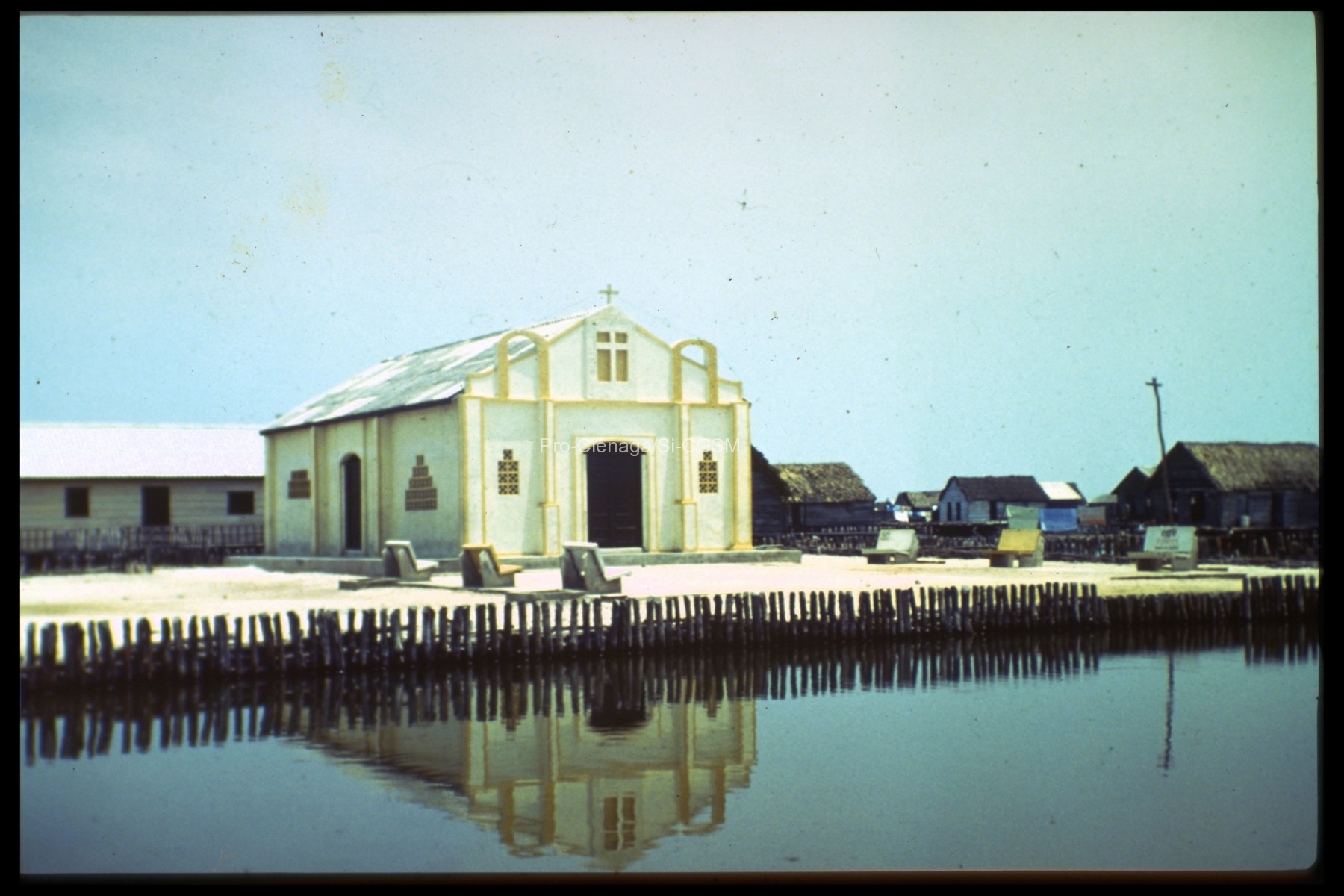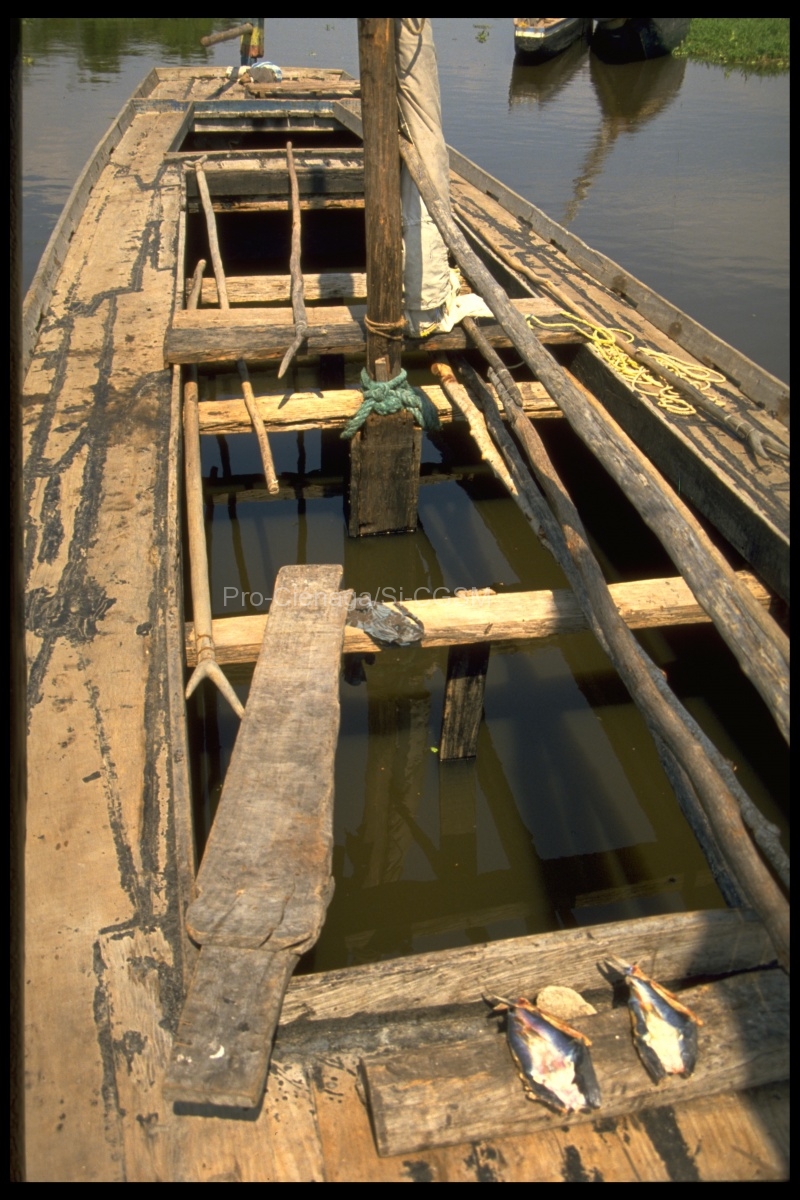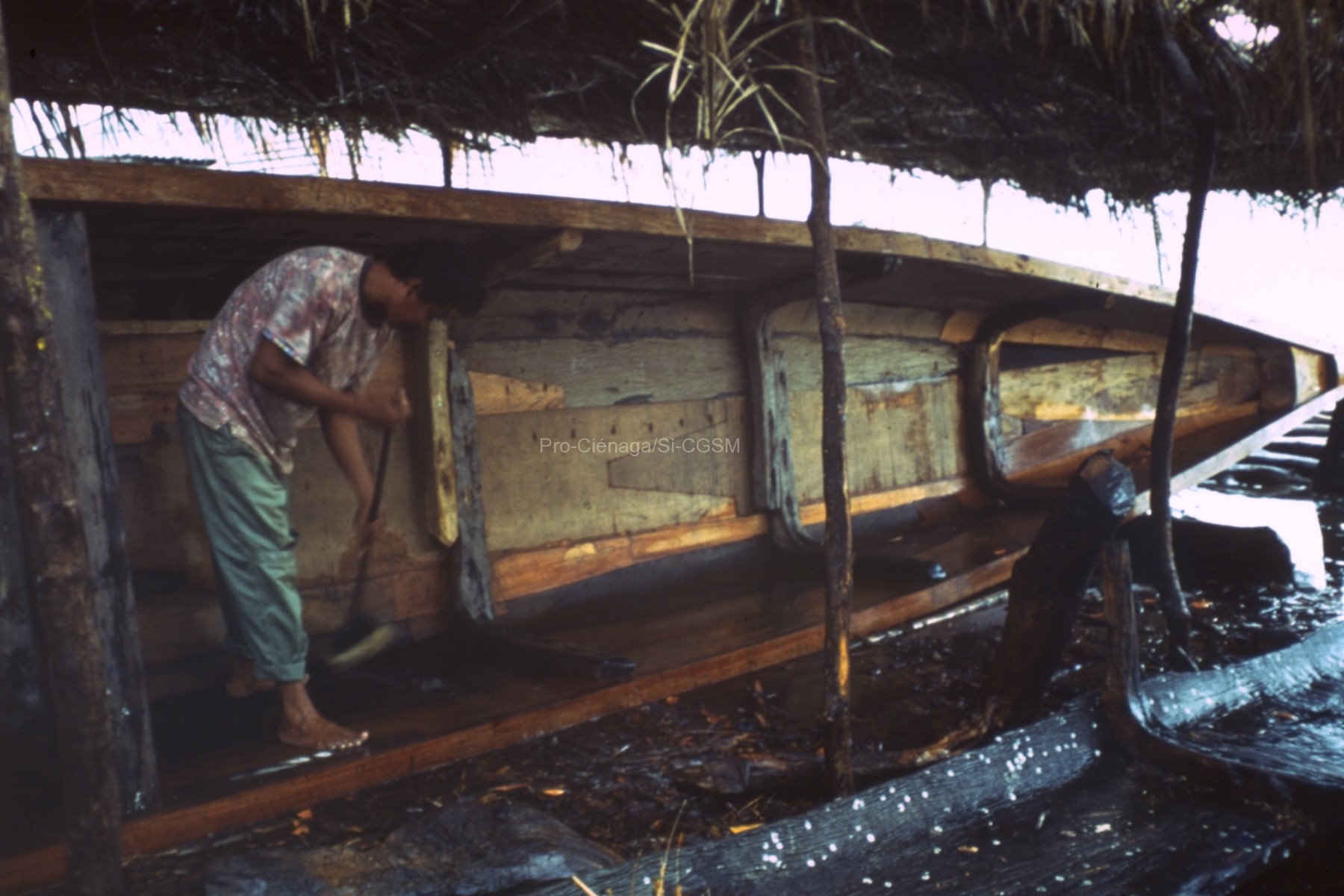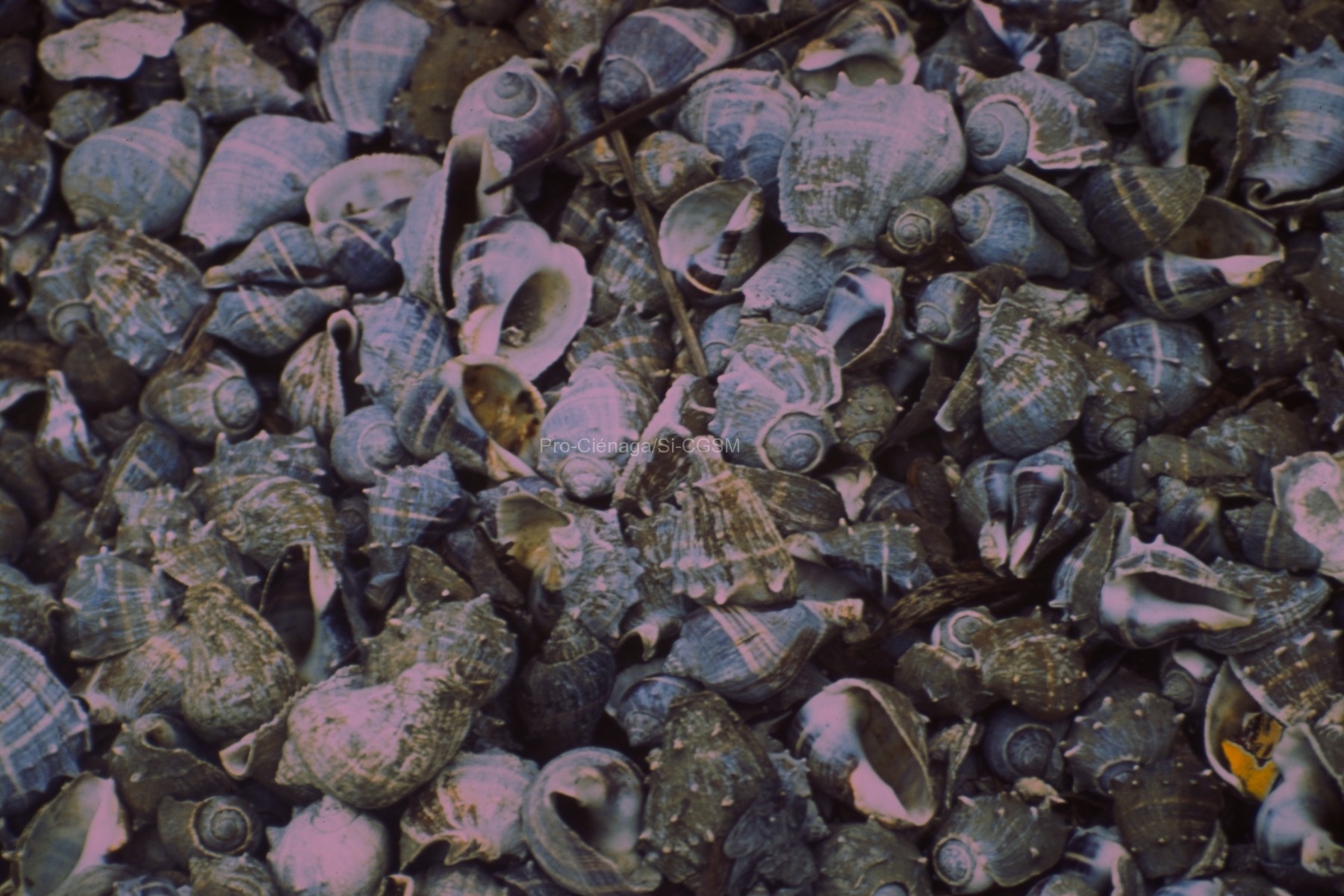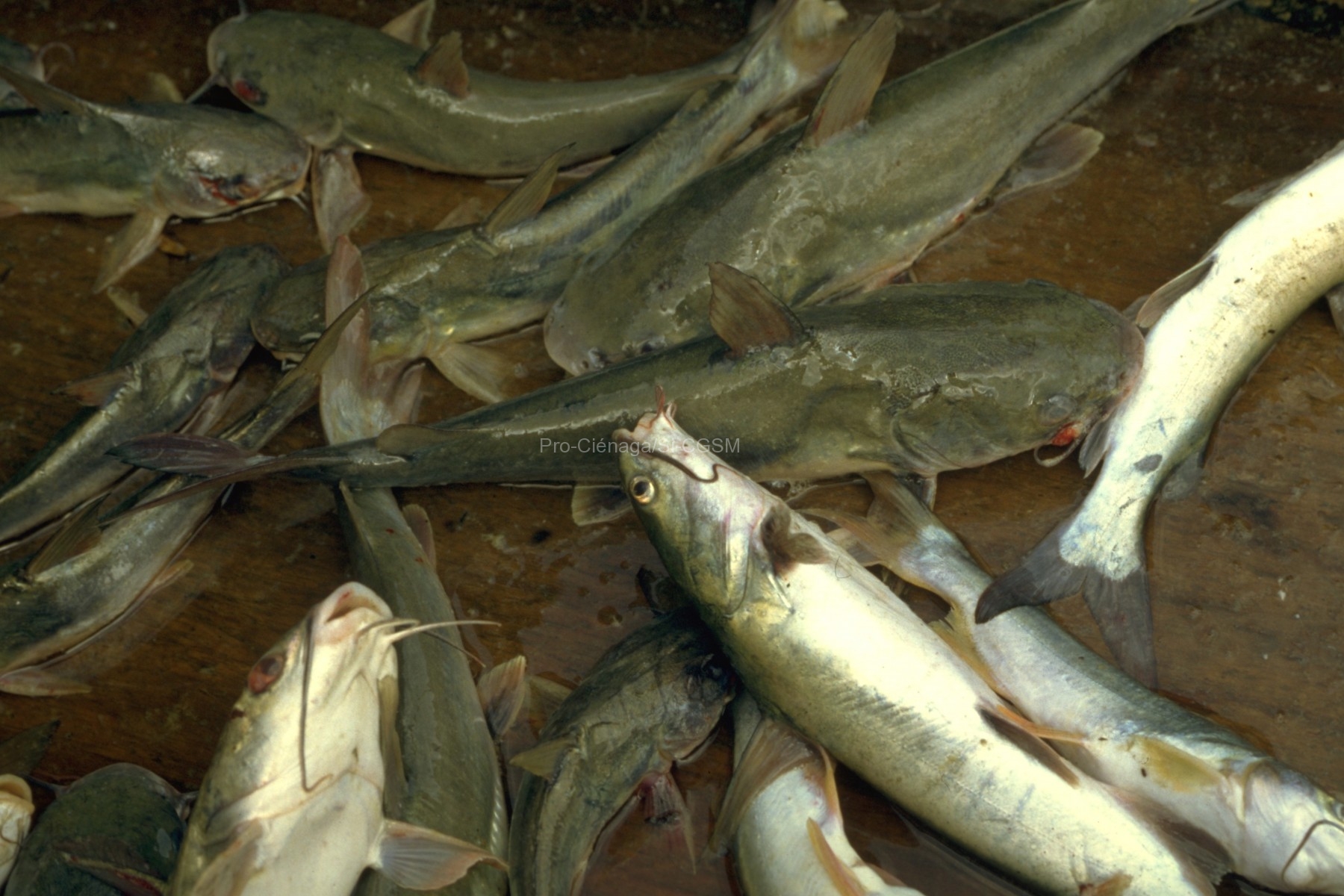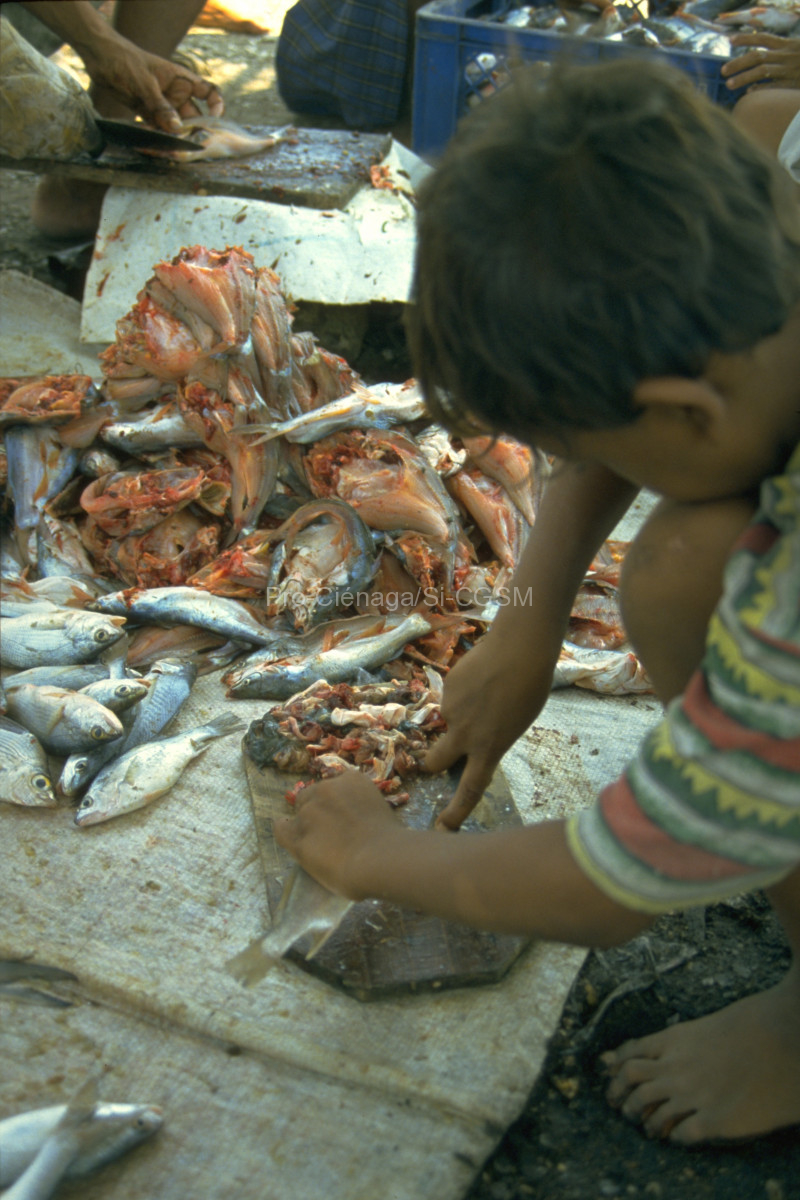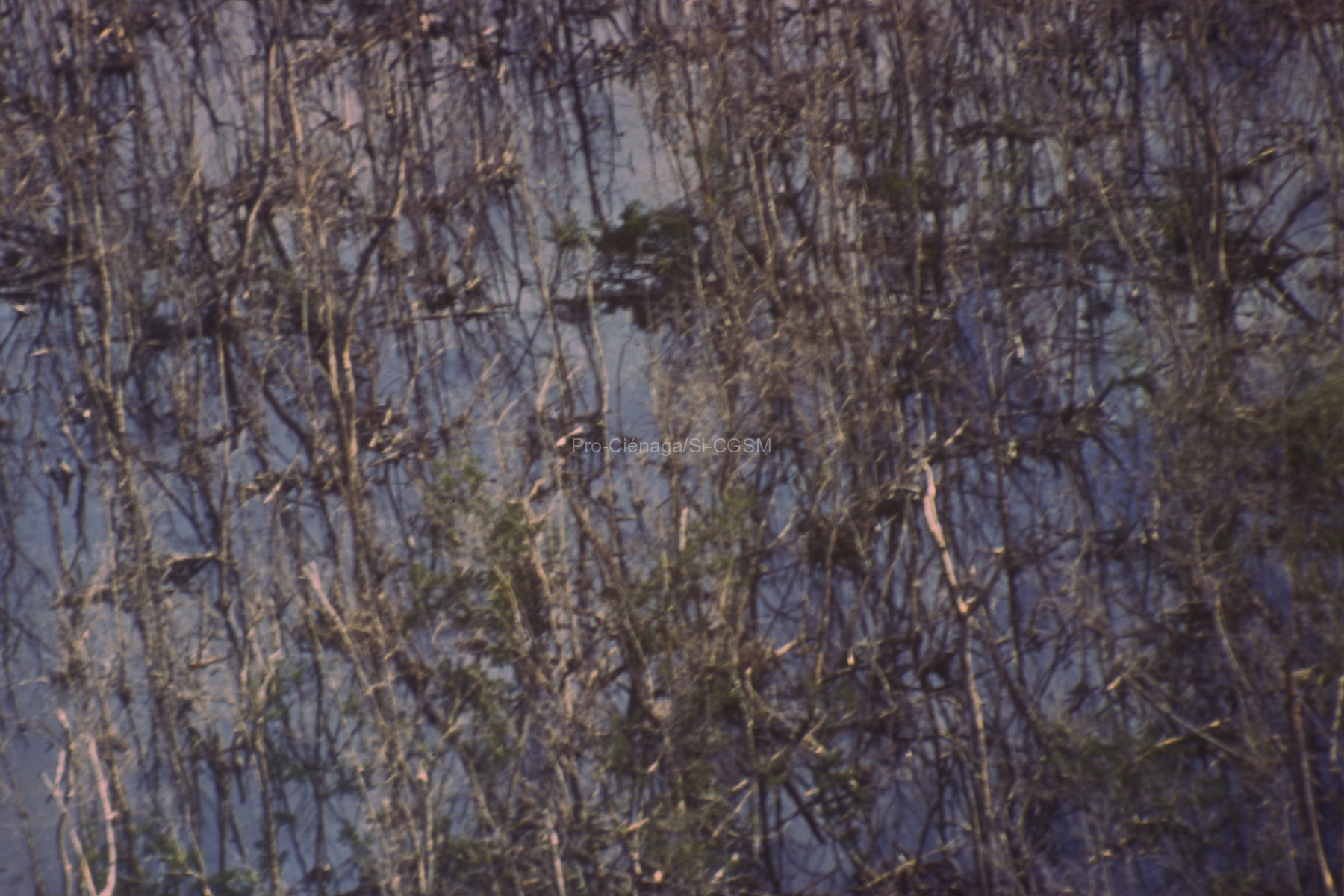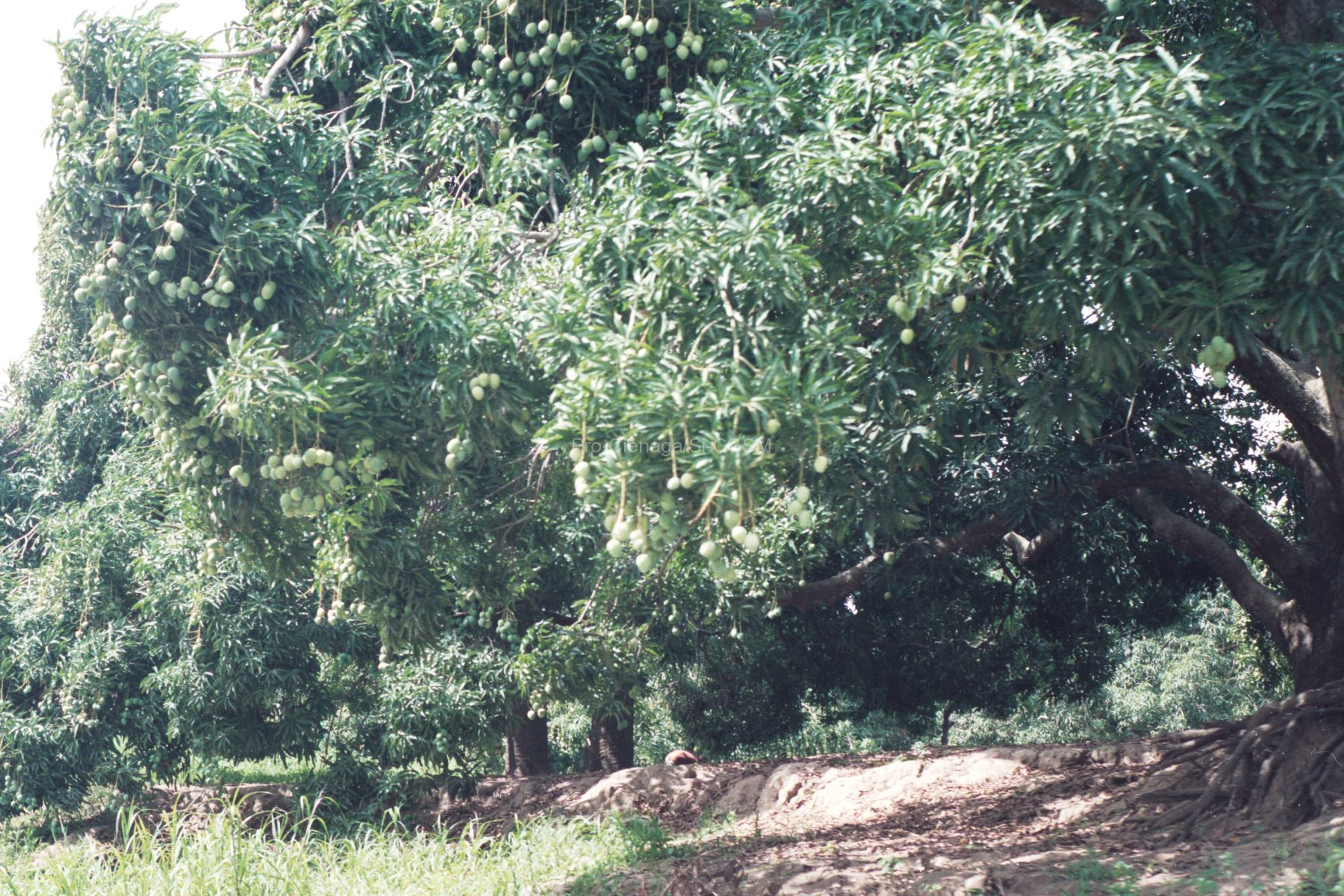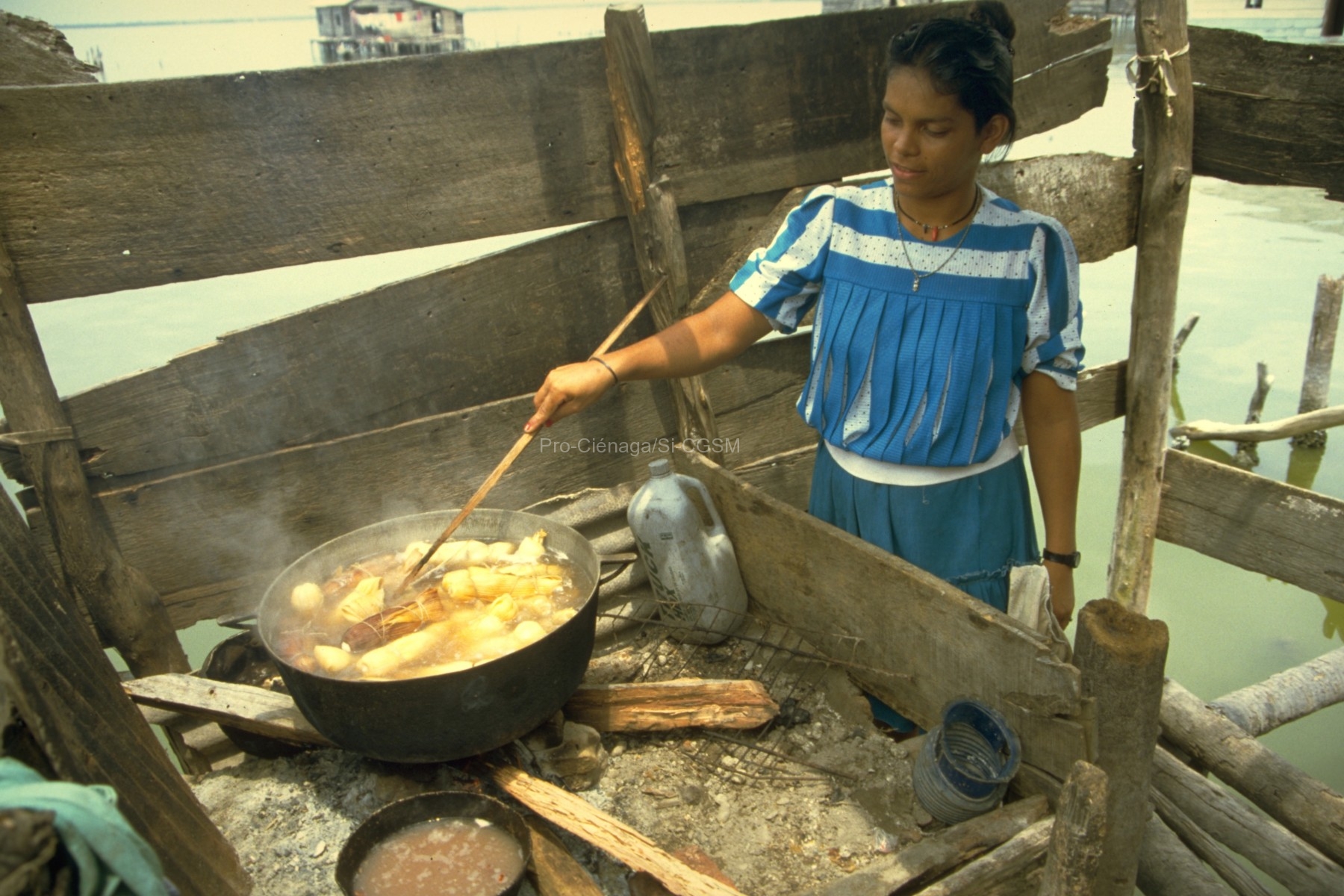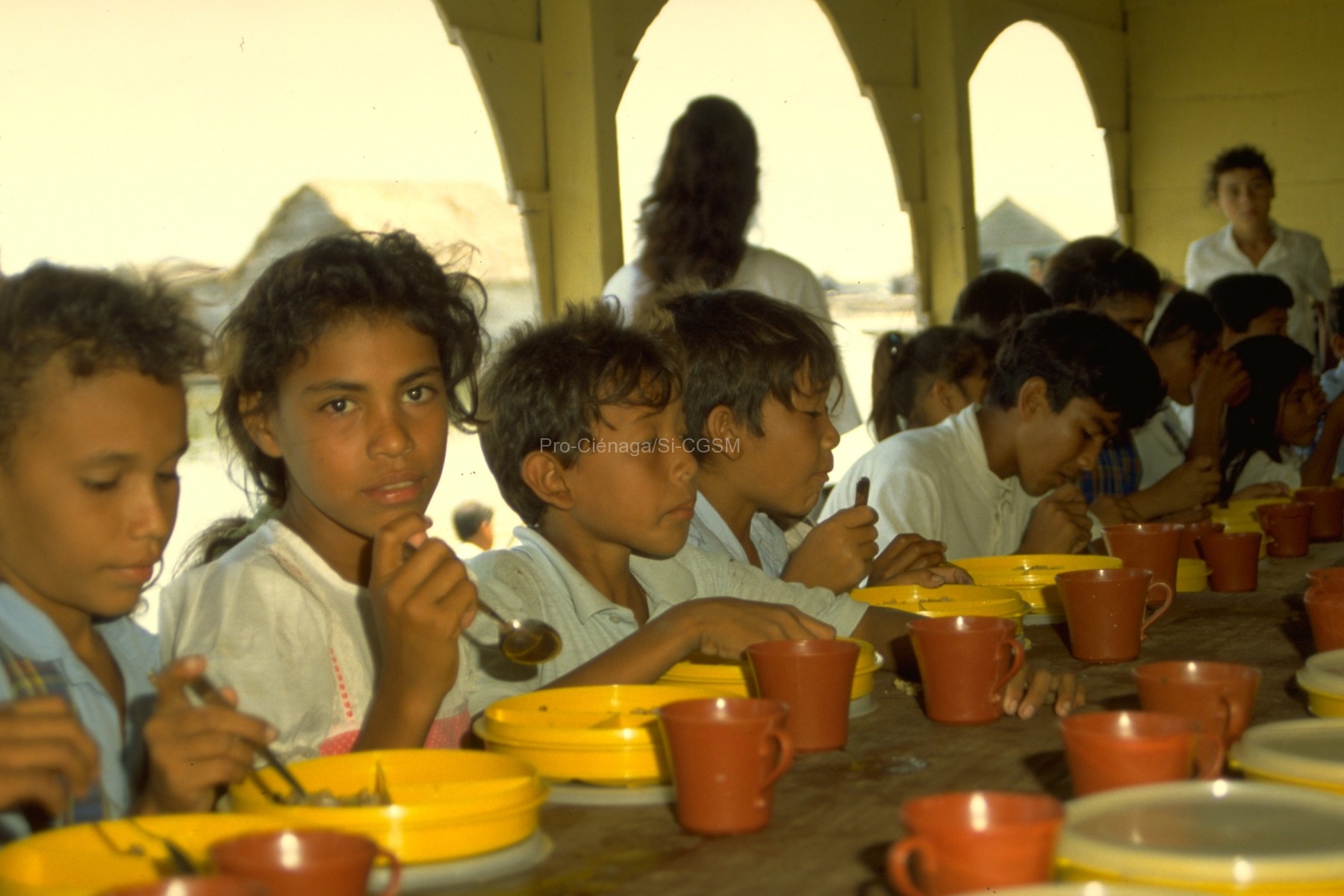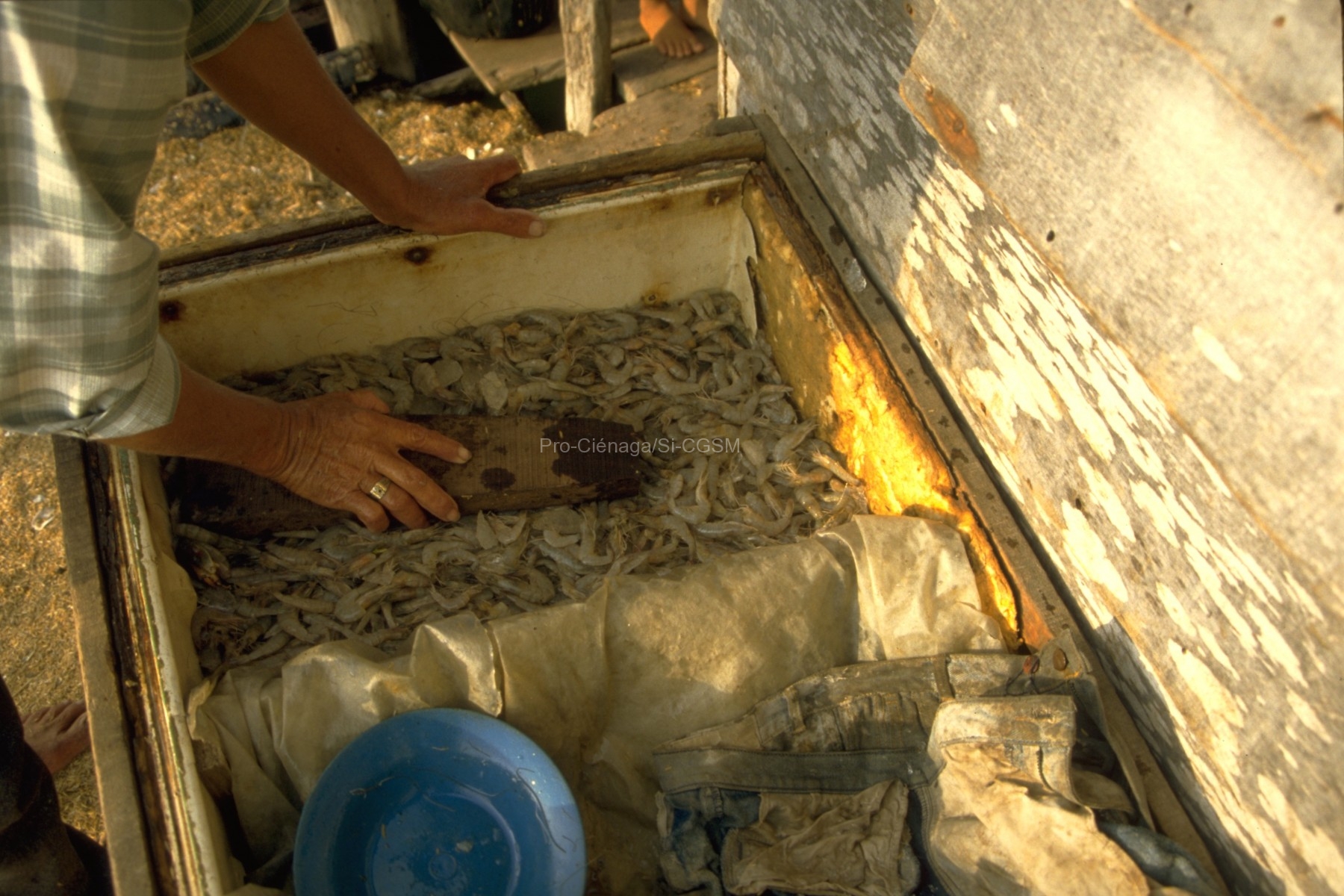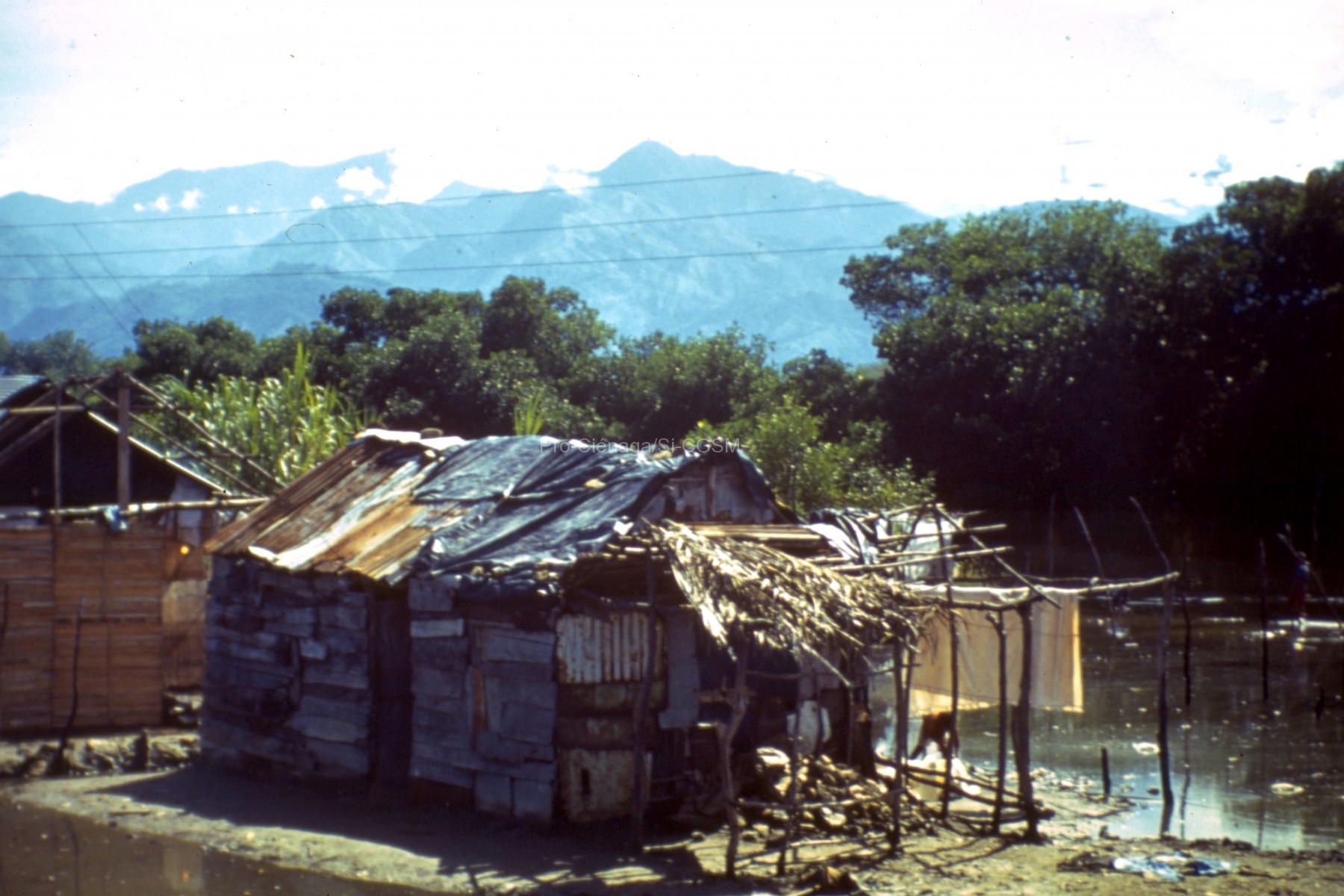https://academic.oup.com/plankt/article/26/12/1429/1561844?login=false
The seasonal development of bacteria was studied in the hypertrophic coastal lagoon Ciénaga Grande de Santa Marta (Caribbean coast of Colombia). This large but only 1.5 m deep lagoon is subject to strong seasonal variations of salinity from almost fully marine (April/May) to brackish conditions in October/ November. Chlorophyll ranged from 6 to 182 ug L-1 , and gross primary production amounted to 1690 g C m2 per year. Total bacterial number (TBN) ranged from 6.5 to 90.5 x 10 9 cells L-1 and bacterial biomass (BBM) from 77 to 1542 ug C L -1 , which are among the highest ever reported for natural coastal waters. Neither TBN nor BBM varied significantly with salinity, phytoplankton or seston concentrations. Only the bacterial mean cell volume showed a significant relation to salinity, being highest (0.066 um 3 ) during the period of increasing and lowest (0.032 um 3 ) during decreasing salinity. Bacterial protein accounted for 24% (19–26%) and phytoplankton protein for 57% (53–71%) of total seston protein. The ratio (annual mean) of bacterial carbon to phytoplankton carbon was 0.44 (range 0.04–1.43). At low phytoplankton abundance [chlorophyll a (Chl a) < 25 ug L -1 ], bacterial carbon was almost equal to phytoplankton biomass (i.e. the mean ratio was 1.04). In contrast, at Chl a > 100 ug L-1 , BBM was low compared to phytoplankton biomass (the mean ratio was 0.16). In general, BBM varied less than phytoplankton biomass. Most probably, the missing correlation between bacterial and phytoplankton variables was due to (i) organic material partly derived from allochthonous sources serving as food resource for bacteria and (ii) a strong resuspension of bacteria from the sediment caused by frequent wind-induced mixing of the very shallow lagoon.

